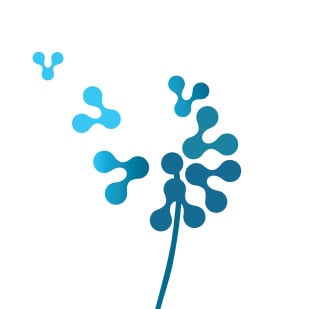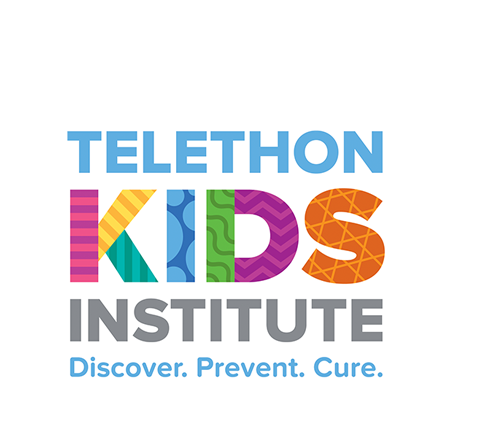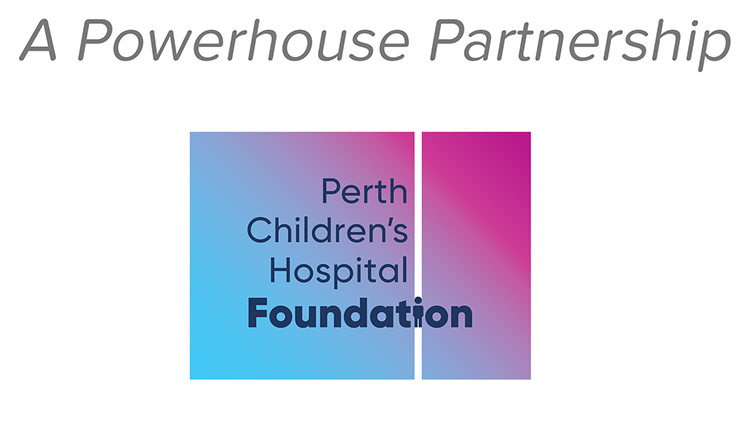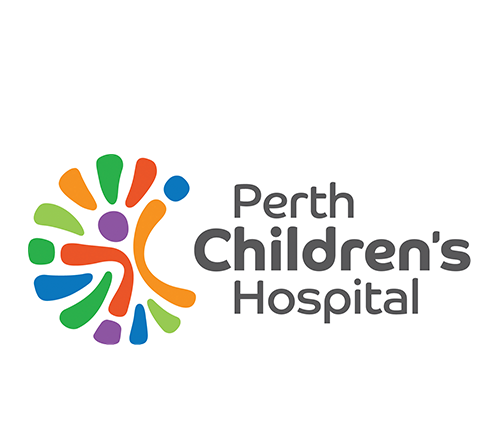Assessment of p.Phe508del-CFTR functional restoration in pediatric primary cystic fibrosis airway epithelial cells
Abstract
Background
Mutations in the cystic fibrosis transmembrane regulator (CFTR) gene can reduce function of the CFTR ion channel activity and impair cellular chloride secretion. The gold standard method to assess CFTR function of ion transport using the Ussing chamber requires a high number of airway epithelial cells grown at air-liquid interface, limiting the application of this method for high throughput screening of potential therapeutic compounds in primary airway epithelial cells (pAECs) featuring less common CFTR mutations. This study assessed an alternative approach, using a small scale halide assay that can be adapted for a personalized high throughput setting to analyze CFTR function of pAEC.
Methods
Pediatric pAECs derived from children with CF (pAECCF) were established and expanded as monolayer cultures, before seeding into 96-well plates for the halide assay. Cells were then transduced with an adenoviral construct containing yellow fluorescent protein (eYFP) reporter gene, alone or in combination with either wild-type CFTR (WT-CFTR) or p.Phe508- del CFTR. Four days post transduction, cells were stimulated with forskolin and genistein, and assessed for quenching of the eYFP signal following injection of iodide solution into the assay media.
Results
Data showed that pAECCF can express eYFP at high efficiency following transduction with the eYFP construct. The halide assay was able to discriminate functional restoration of CFTR in pAECCF treated with either WT-CFTR construct or the positive controls syntaxin 8 and B-cell receptor-associated protein 31 shRNAs.
Significance
The current study demonstrates that the halide assay can be adapted for pediatric pAECCF to evaluate restoration of CFTR function. With the ongoing development of small molecules to modulate the folding and/or activity of various mutated CFTR proteins, this halide assay presents a small-scale personalized screening platform that could assess therapeutic potential of molecules across a broad range of CFTR mutations.
Authors: Erika N. Sutanto, Amelia Scaffidi, Luke W. Garratt, Kevin Looi, Clara J. Foo, Michela A. Tessari, Richard A. Janssen, David F. Fischer, Stephen M. Stick, Anthony Kicic, on behalf of AREST CF
Published in PLoS One in January 2018.
Discover. Prevent. Cure.



